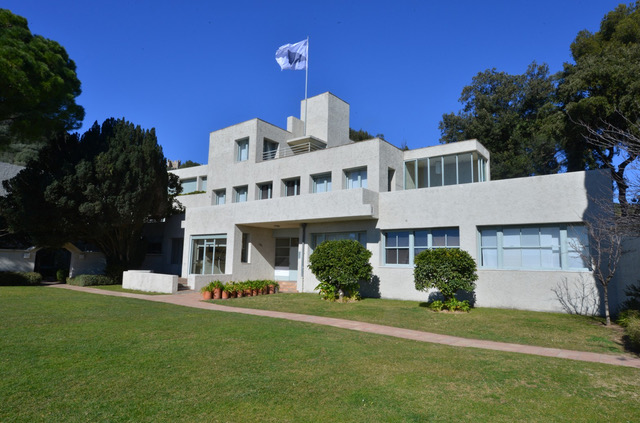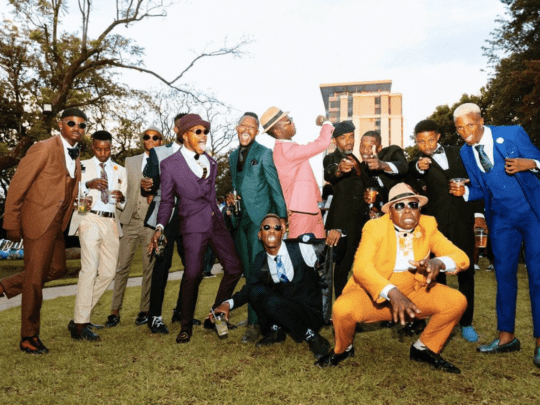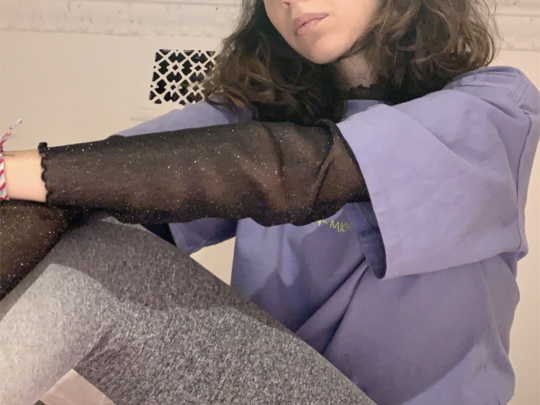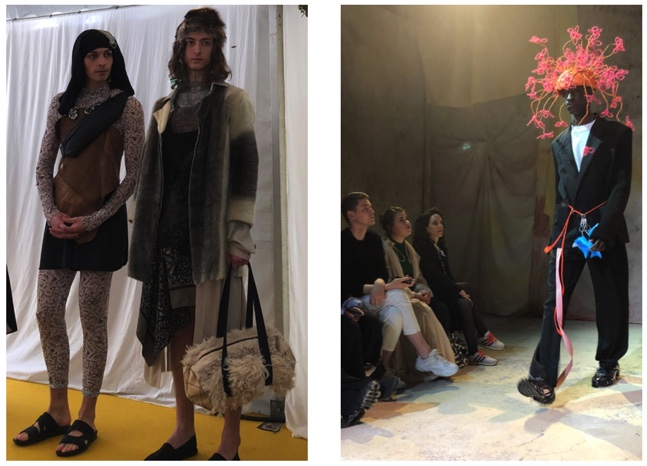Away from the hustle of Paris, Hyères in France’s Côte d’Azur was the location for the International Festival of Fashion, Photography and Fashion accessories.
On top of a hill above Hyères, the key venue for the 34thedition of the festival was the Villa Noailles, the spectacular modernist house built by the architect Robert Mallet-Stevens, where Charles and Marie-Laure de Noailles famously hosted a stellar cast of creative talents in the 20thcentury including Luis Buñuel, Man Ray, Jean Cocteau, Alberto Giacometti, and Pablo Picasso. It’s been at the heart of the event since 1996, although the festival was founded ten years earlier by Jean-Pierre Blanc.
The Festival d’Hyères has established itself as a prestigious event with a special magic, blessed as it is with a seaside location and an expert blending of creative inspiration and sheer fun. Besides the influential and much lauded awards, there are curated programmes of art, music, fashion and photography. Highlights this year included an exhibition by Craig McDean, centred on the process of print making, and an installation by Paris-based label Botter, reflecting the Caribbean roots of its creators.
But the awards are the big thing. And the big names of the fashion industry today were all once fashion students. They understand how a prestigious award can be an essential building block for young designers looking for financial support and for exposure to build their own brands.

Villa Noailles







